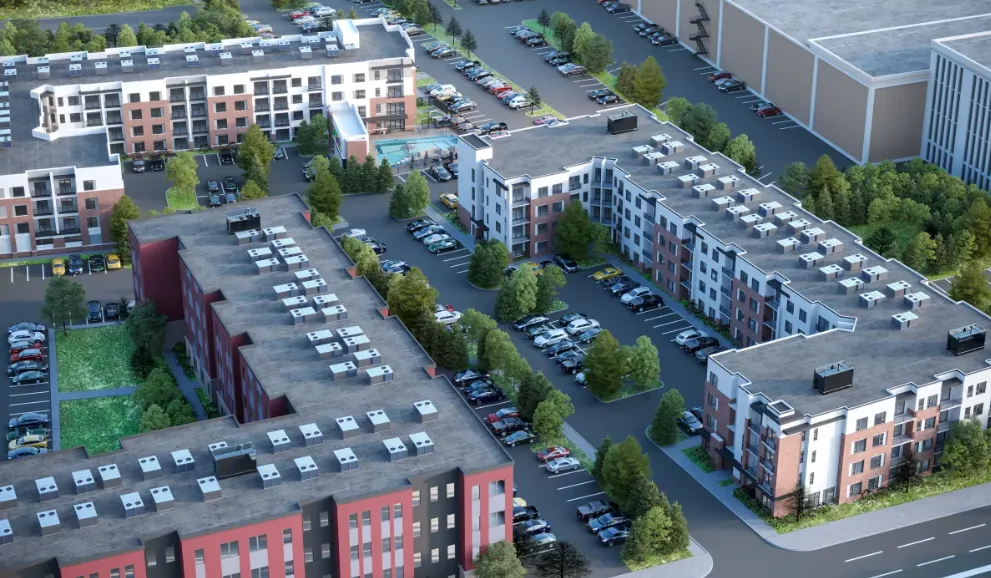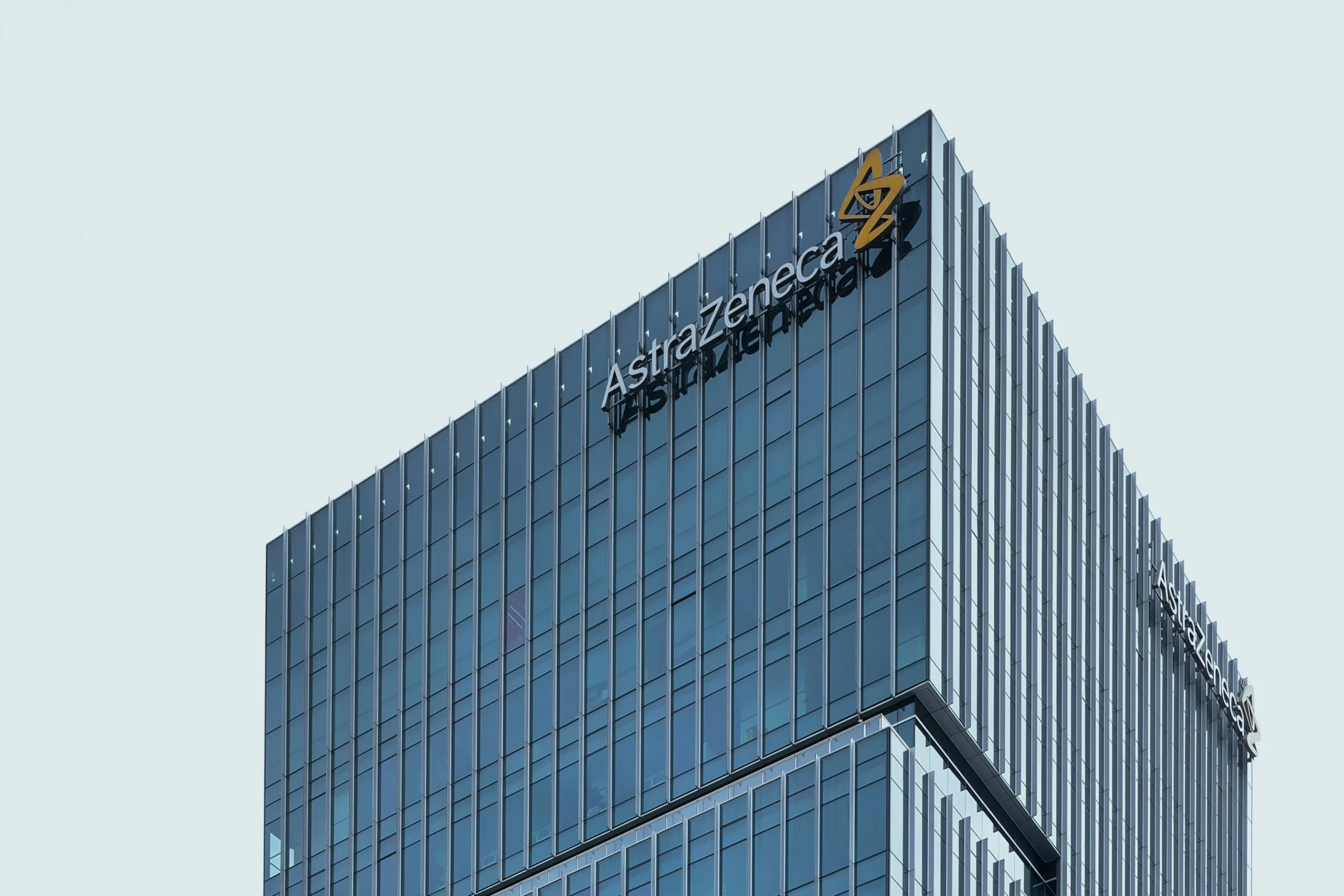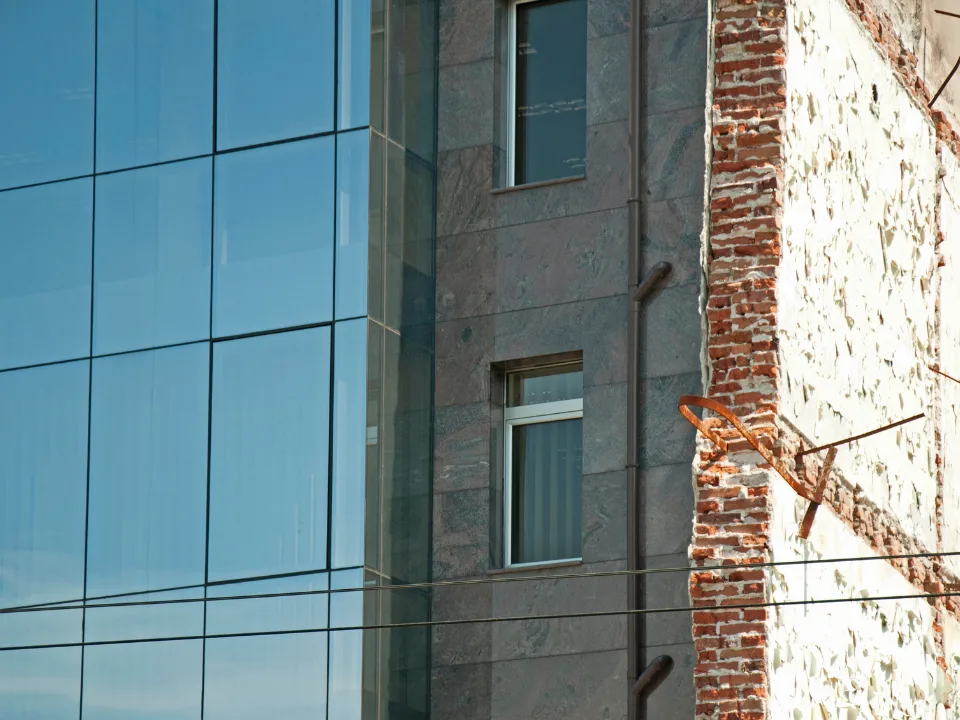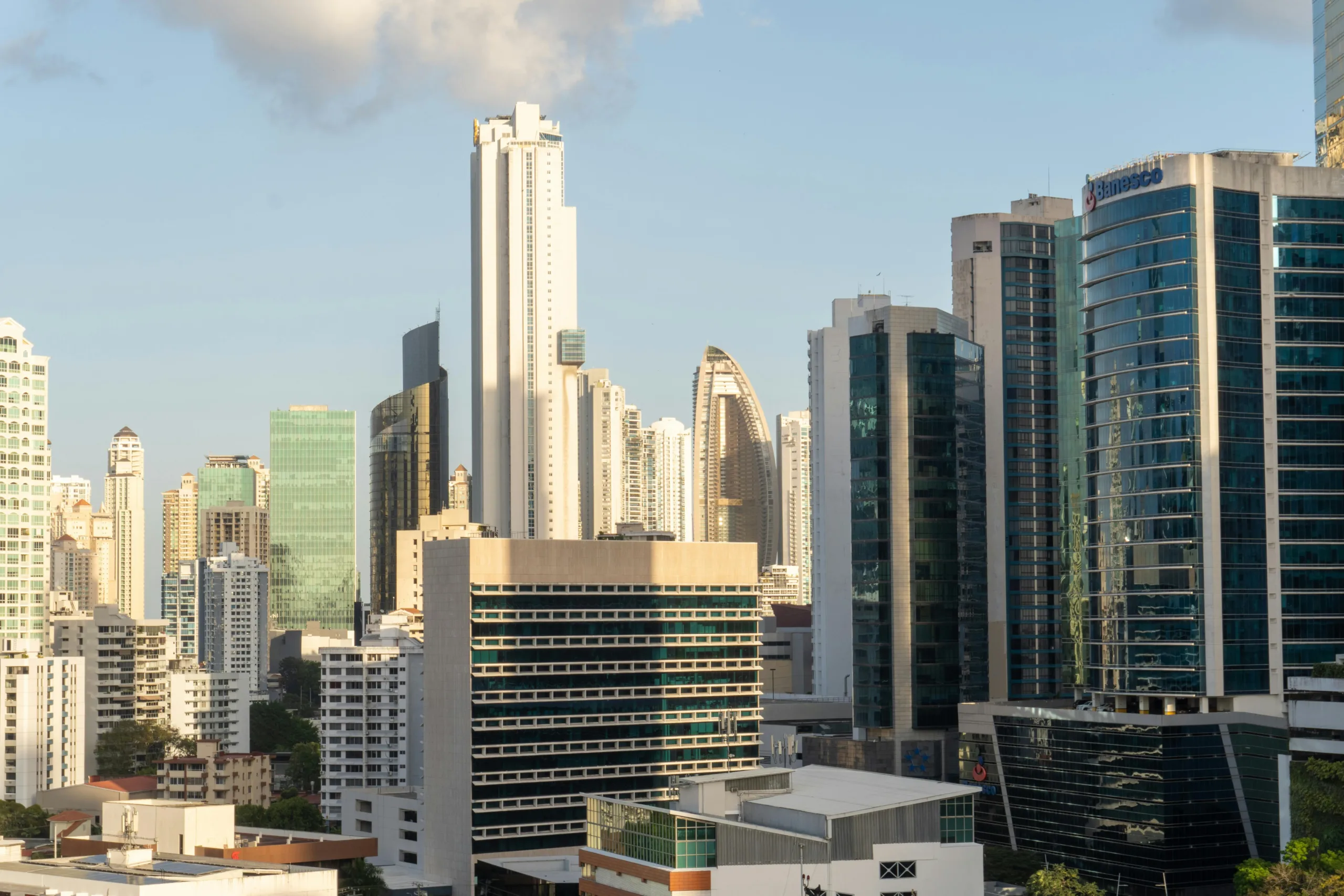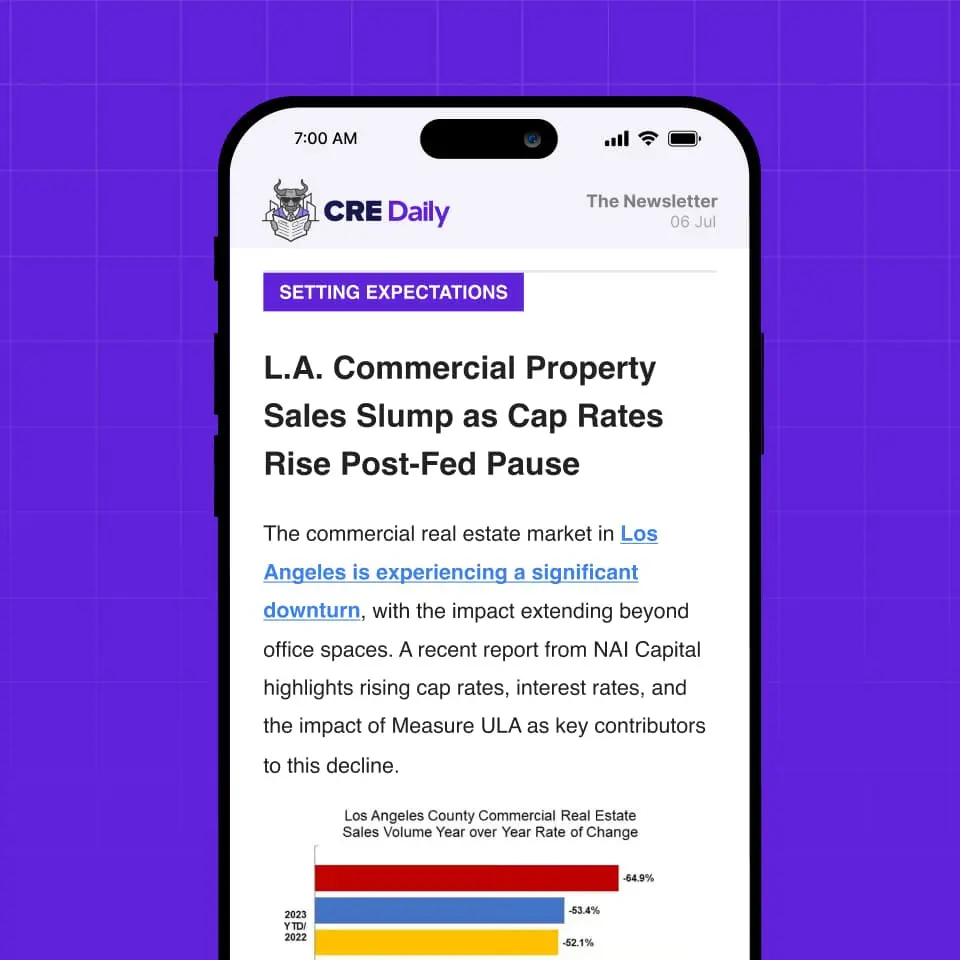- AstraZeneca will invest $50B in US operations by 2030, its largest domestic expansion to date.
- A major portion will go toward a new Virginia facility focused on GLP-1 weight-loss medications.
- The move aligns with broader pharmaceutical trends as companies respond to policy shifts and onshoring incentives.
AstraZeneca is launching a massive US expansion, per Bisnow. The company plans to invest $50B across the country by 2030. This marks its largest-ever commitment to American manufacturing.
Flagship Project in Virginia
A major part of this investment will fund a new facility in Virginia. The site will manufacture GLP-1-based weight-loss drugs, a rapidly growing category.
Importantly, it will be AstraZeneca’s biggest investment in a single manufacturing property. The facility will use AI, automation, and advanced data analytics. As a result, it will serve as a high-tech hub for future production.
Get Smarter about what matters in CRE
Stay ahead of trends in commercial real estate with CRE Daily – the free newsletter delivering everything you need to start your day in just 5-minutes
Expanding the National Footprint
In addition to Virginia, AstraZeneca will grow its presence in several other states. It plans to expand research centers near Washington, D.C., and Baltimore.
Furthermore, it will build or upgrade manufacturing sites in Texas, Indiana, and California. These developments follow the May opening of an 85K SF plant in Montgomery County, Maryland.
Federal Policy Driving Growth
The Trump administration is pushing companies to produce more domestically. AstraZeneca previously pledged $3.5B for US expansion shortly after the 2024 election.
US Commerce Secretary Howard Lutnick praised the announcement. He said it would create tens of thousands of jobs and reduce reliance on foreign-made medicine.
Industry Trend Gaining Speed
Other major pharmaceutical companies are following suit. Between January and May 2025, Roche, Eli Lilly, and Johnson & Johnson pledged nearly $160B toward US projects.
This shift reflects both political pressure and the economic appeal of onshoring operations.
Why It Matters
Bringing production stateside enhances supply chain resilience. It also allows drugmakers to respond more quickly to regulatory changes.
For the commercial real estate market, this wave of investment is boosting demand for lab, logistics, and manufacturing space nationwide.
What’s Next
President Trump has floated a potential 200% tariff on imported drugs. However, he plans to offer a 12-to-18-month grace period for companies to shift production.
Given these signals, more announcements from global pharma firms are likely. Real estate developers should expect sustained demand in life sciences and industrial markets.


